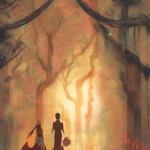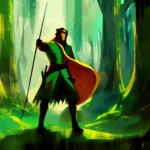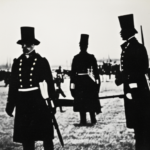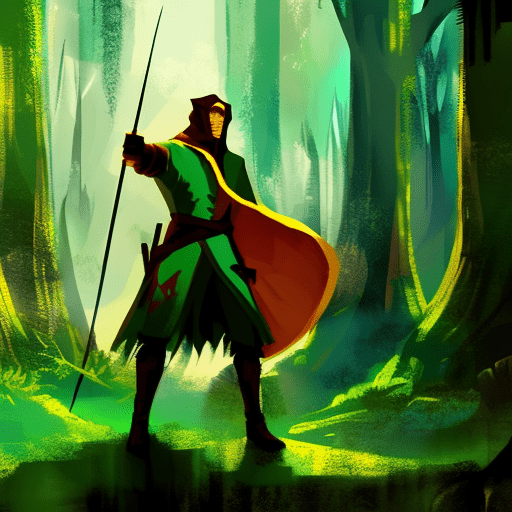The Adventures of Robin Hood: A Tale of Heroism and Justice in Sherwood Forest
In this classic tale, Robin Hood, a skilled archer and outlaw, leads a band of merry men in Sherwood Forest as they fight against the corrupt Sheriff of Nottingham and the oppressive rule of Prince John. Through daring escapades, clever disguises, and acts of generosity, Robin Hood becomes a symbol of hope and justice for the people of England.
Robbing from the Rich to Give to the Poor
Robin Hood and his band of merry men are known for their daring robberies, but their actions are driven by a sense of justice and compassion. They target the wealthy and corrupt, taking their ill-gotten gains and redistributing them to the poor and oppressed. Robin Hood’s belief in the redistribution of wealth is a central theme in the story, highlighting the stark contrast between the rich and the poor in medieval England.
Robin Hood’s acts of generosity and his commitment to helping those in need make him a beloved figure among the common people. He becomes a symbol of hope and resistance against the oppressive rule of Prince John and the Sheriff of Nottingham. Through his actions, Robin Hood challenges the social hierarchy and advocates for a more equitable society.
A Master of Disguise and Archery
One of Robin Hood’s most notable skills is his mastery of disguise. He often dresses up as a beggar, a monk, or even a woman to infiltrate the enemy’s camp and gather information. His ability to blend in with different social classes allows him to outwit his enemies and carry out his plans without being detected.
In addition to his disguises, Robin Hood is renowned for his exceptional archery skills. He can shoot arrows with incredible precision, hitting targets from great distances. His archery prowess is not only a practical skill for hunting and self-defense but also a symbol of his strength and agility.
A Band of Merry Men
Robin Hood is not alone in his fight against injustice. He is joined by a loyal group of followers known as the merry men. Little John, Friar Tuck, Will Scarlet, and Maid Marian are just a few of the colorful characters who stand by Robin Hood’s side. Each member of the merry men brings their own unique skills and personalities to the group, making them a formidable force against the Sheriff of Nottingham and his men.
Together, Robin Hood and his merry men engage in daring escapades, such as rescuing prisoners, ambushing the Sheriff’s tax collectors, and challenging the authority of Prince John. Their camaraderie and unwavering loyalty to each other are key elements of the story, highlighting the power of friendship and unity in the face of adversity.
- Key Takeaways:
- Robin Hood’s actions are driven by a sense of justice and compassion, as he robs from the rich to give to the poor.
- His mastery of disguise and archery skills make him a formidable opponent to the Sheriff of Nottingham and Prince John.
- The merry men, Robin Hood’s loyal followers, play a crucial role in his fight against injustice.
“Rise and rise again until lambs become lions.” – Robin Hood
In conclusion, “The Adventures of Robin Hood” is a timeless tale of heroism, justice, and the fight against oppression. Robin Hood’s unwavering commitment to helping the poor and challenging the corrupt rulers of his time has made him an enduring symbol of hope and resistance. Through his daring escapades and acts of generosity, Robin Hood reminds us of the power of standing up for what is right and fighting for a more equitable society.












